What is the probability that you’ll remember every piece of content that you’ve read today?
Little chance.
And, it’s not your fault, because there is tons of information bombing you on the internet every second. Even when you’re actively involved in reading an article, it’s likely that you’ll forget most of the ideas in the article a day later.
So, you can’t expect your audience to be in a different situation. While many of your audience members might value your content and read it thoroughly, they wouldn’t remember it. So, the positive associations with your brand might not long last.
But then, some messages that are prominently remembered by people for a long time. The famous Jon Morrow post, on ProBlogger, “How to Quit Your Job, Move to Paradise and Get Paid to Change the World,” is a great example.
Although the idea he shared in the post was simple, the article makes you FEEL strongly. It was called one the best blog posts ever written, by industry influencers and it touched 5 million readers.
So, writing isn’t just about sharing revolutionary ideas and data…you’ve got to communicate them effectively.
I know what might be thinking:
There are a few gifted writers, like Jon, that are born creative geniuses. You might believe that there’s no simple way to learn to write such compelling prose.
But, that simply isn’t true. It turns out that sticky ideas share some common characteristics. And, you can use a framework to ensure that your creative ideas shine, every single time. Chip and Dan Heath have even written a book on sticky ideas.
Jon Morrow acknowledged that he wrote the post by following a set writing structure that he learned from Brian Clark. Here’s how he describes it,
Sure, the story was original, but the headline, the structure, even the cadence of the sentences – it was all parroting Brian’s work.
Here’s another post that Jon wrote, with quality ideas on making money blogging, in about 3 hours. Just look at the traffic that it receives.
Are you interested in communicating your original ideas more powerfully, so that your post reaches and sticks in the head of thousands of readers?
Then, here’s a 6-point framework, based on research that Dan and Chip Heath have performed on sticky ideas.
1. Eliminate jargon from your prose and bring your article down to the simplest form
Don’t expect that your audience will put in the effort to decipher meaning from complex prose. Rather, aim to express your ideas in the simplest form.
Why?
1. In a typical visit, an Internet user reads an average of 20% of the words on the page. They mostly scans the article. Complex writing will make scanning difficult and the user won’t be able to find any meaning in your post.
2. As per a 2003 assessment, 43% of Americans still have only basic literacy skills.
3. Even if you target an educated demographic, NNGroup found that even these audiences want the information to be easy to understand.
When writing for a broad consumer audience, then aim to write at an 8th-grade level.
And, even in a B2B environment, you should write below your target audience’s formal education level. NNGroup found that 12th grade is a good level to write for, when targeting audiences with college degrees.
A great tool to check the readability score of your writing is the Hemingway App.
It also gives recommendations for fixing hard-to-read sentences and phrases.
I hope that now you’re convinced of the importance of simplicity in your writing. Here are a couple of aspects that you should avoid in your writing:
- Fancy and official sounding words,
- Convoluted and compound sentences (since they stress the user’s short-term memory),
Further, if a good chunk of your audience visits your website on the smaller screen, then practice brief writing, as much as possible. Because of the smaller view port, a user finds it difficult to refer previously read information on mobile phones. So, he has little context.
Pro Tip: You can practice progressive disclosure of content on mobile phones. It’s an old idea from human-computer interaction that prioritizes information for the convenience of the reader. This way, the user is prompted to go in-depth on the info that’s the most relevant to them right now. Here’s an example of progressive disclosure on mobile phones from Wikipedia.
An excellent way to grab attention is to convey your information in the inverted pyramid pattern.
You start the article with the information that’s most interesting and useful to your audience. Maybe show the benefits of reading your article, by telling the audience about the results they might expect. Follow it with important details and then dive deeper with other background info.
Overall, your writing needs to be to the point and memorable. The ideas you convey should be profound.
2. Find unexplored and interesting angles on popular subjects
Most experts agree that cliched and expected angles of a subject don’t excite people. And, there’s some science to support the argument.
Once people become familiar with novel metaphors, then their brains lose interest and show almost no activity. But, when they read a fresh metaphor, they “require suppression of the literal sense of the sentence.” This research on metaphors also extends to article subjects.
Let me share a great example from my assistant, Dhaval. He started a meditation blog – Zenfulspirit.com. And, he suggested writing a post on the benefits of meditation and how it has changed his life.
But, everybody knows and has read hundreds of times that meditation is life changing. Right?
So I took this post, whipped in some creativity and changed its title to “How meditating on top of a 61 story building changed my life?”
Isn’t that a fresh and interesting angle (that Dhaval had actually experienced)?
Similarly, I told him a challenge I face while I’m meditating – I can’t stand still.
So, he wrote a post titled 8 Different Ways to Meditate (For Those Who Can’t Sit Still). This post did well on social media, garnering 750+ likes.
Similarly, I try to find unique and lesser answered challenges, while writing my blog posts. If you perform a case study and share interesting and relevant personal stories, then they automatically stand out, because your experiences are unique.
A great example is my post on spending over $150k for buying clothes and how it helped me to generate close to $700k. The post received close to 10,000 social shares.
Another example is the Seth Adam Smith article: Marriage isn’t for you. He undoubtedly raised a few eyebrows with his title. And, his message on how to have a better marriage was so profound that the article received 1.8 million shares. It even landed him a book deal.
Now, break one conventional thought pattern of your audience.
3. Vividly and specifically describe your ideas
What kind of content makes an impact on you?
Generic articles with vague information won’t compel you to make a change in your life.
Insightful content that provides real-life and relatable examples of your arguments makes the cut. It moves the reader with its depth and examples.
So, how can you paint a vivid picture in your reader’s mind?
Start with doing an ample amount of research. Most writers don’t put in the hard work to find data for supporting their arguments and actionable strategies that the reader can implement, as soon as he’s finished reading.
Think of the rush that you feel, when you get an easy-to-follow tactics for using your newly acquired knowledge.
Remember that deep content always beats shallow content.
Second, you need to use powerful words that evoke feelings. Jon Morrow has compiled 317 power words that will amp up your writing. But, don’t jazz up every sentence of your article and destroy its simplicity. Striking an optimal balance is equally important.
Overall, try to describe your subject by using all of your 5 senses – touch, taste, hear, look and feel. Here’s an example that differentiates generic vs. vivid writing.
Michelle Russell provides 5 more compelling strategies to write sentences in this article.
4. Earn credibility by linking to authoritative sources and quoting supporting data
Except for a few situations, a sustainable business needs to make data-backed marketing decisions.
And, when it comes to writing, one simple way to make your prose more compelling is by quoting data and research studies. You’ll find that my articles are full of data, case studies, science and psychology.
If you’re writing on business/marketing related subjects, then it’s even more important to quote data and research, because data-backed decisions are a cornerstone of building a successful business.
So, if you’re giving advice, then your audience also needs proof. Plus, your readers also need to understand the context under which your arguments hold true.
Nir Eyal recently published an excerpt, from best-selling author, Jonah Berger’s new book “Invisible Influence: The Hidden Factors that Shape Behavior” on his blog. The post presented a compelling argument that the romantic idea of “thinking different” isn’t good business advice.
If you read the article, then Jonah’s idea will make sense. Indeed, it was fresh insight for me. But, a reader quickly pointed out that the article only contains anecdotal advice, without any scientific or numerical proof.
So, if you want people to believe in your ideas, then there’s no substitute to citing authoritative sources.
If you’re new to writing data-backed posts and need help, then you can refer to my beginner’s guide here.
As I’ve mentioned, businesses aren’t even analyzing their small data. If you can’t find other data sources to make your argument, then even your website analytics data makes for a good, personal source.
5. People like to FEEL
So, you’ve got your post all jazzed up with compelling data and research?
Good.
Now, let me tell you a paradox – Nobody cares about your ideas.
Data alone doesn’t make for a pleasing read. If your article doesn’t emote, then your creative ideas will fall flat.
So:
Your content has to integrate emotional triggers that connect with the audience.
Upping the emotions in your content has repeatedly been found to increase social shares.
But, which emotion should your article evoke?
In 2014, OkDork and BuzzSumo found the following emotions, in the most shared pieces from the 100 million articles that they analyzed.
In 2015, BuzzSumo did another analysis of the most shared content of the year and they came with the following insights.
If you’re adding value, then you’ll most likely evoke positive emotions and they have generally been shown to garner more views/shares.
6. Don’t be direct: Narrate a story
Companies, like Groove HQ and Buffer, have incorporated transparency in their blogs. And, they share their entrepreneurial journey along the way. The personal, raw and authentic touch on their blogs makes the readers feel connected with them.
Essentially, what are these two stellar blogs doing?
They are sharing stories to make you feel like you’re a part of their journey.
It’s no wonder that stories are empowering, because they inspire you to act. I would even say that content marketing is all about storytelling.
Even without data and research studies, a powerful story can have a huge impact on the audience. The Jon Morrow post that I showed you at the start of this article was essentially a compelling story. To be more exact, it was based on the classic three-act structure.
Conclusion
If you zoom out, you’ll find that most of these six writing principles are common knowledge. And, I’ve covered them, in other forms, in previous posts. But, it’s always good to have a framework for writing content that’s proven to succeed.
I hope that you found a couple of new takeaways from this article that you can implement into your writing. Hop on a new document and practice them now.
Are you guilty of conducting any mistakes that prevented your writing from being sticky? Let me know in the comments below.


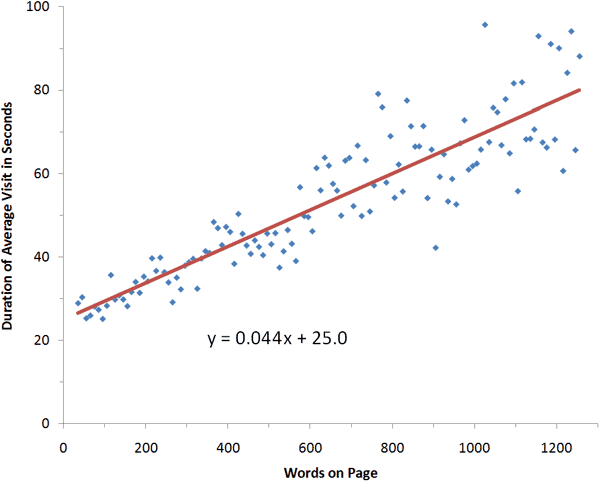
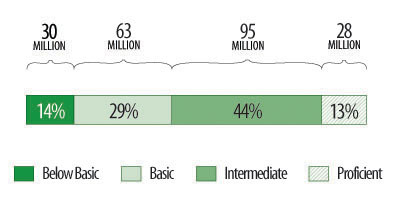


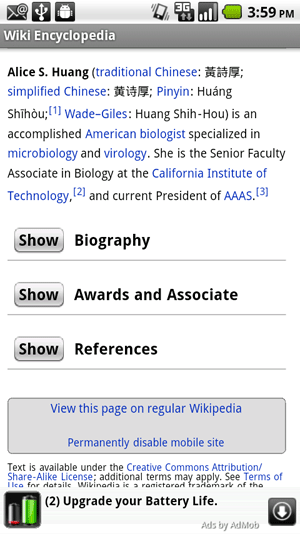


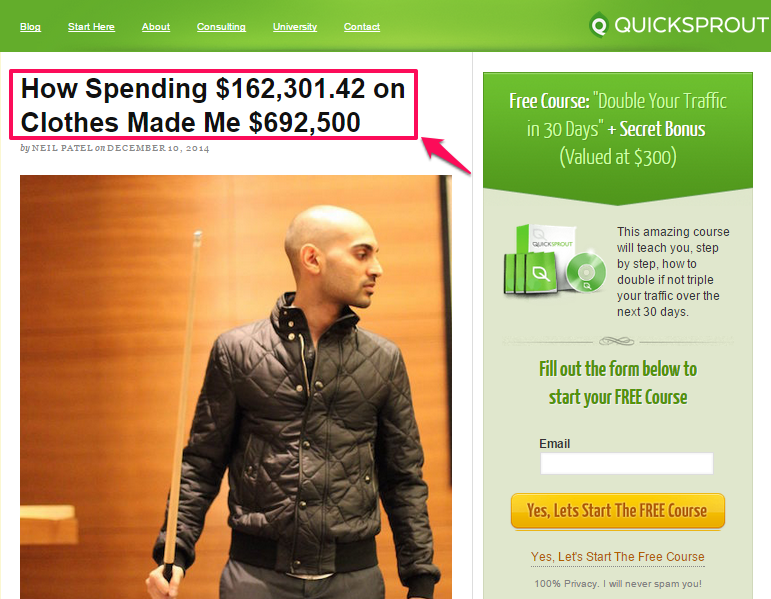

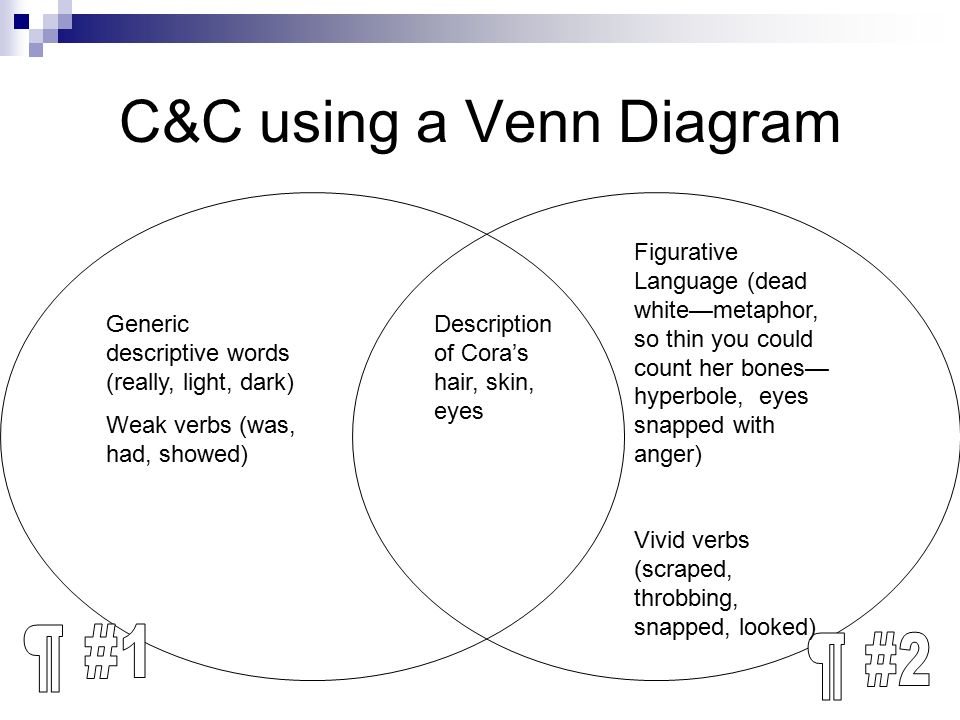

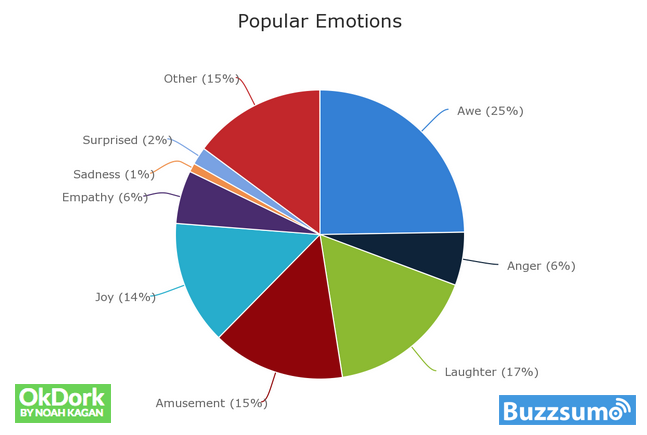


Comments (14)